Here in Pennsylvania, home and business owners take pride in their landscape. Having a yard filled with trees and a colorful garden is not only appealing to the eye, but it also benefits our ecosystem by providing food for important pollinators such as butterflies, bees, and hummingbirds.
What is Pollination and Why is It Important?
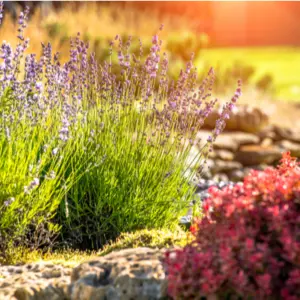
Pollination is a process that happens when pollen grains from a flower’s male parts are moved to the female part of the same species. Once the pollen reaches the female part, it produces seeds. This is how flowers reproduce. Many plants rely on pollinators such as bees, hummingbirds, bats, and various other insects to carry their pollen from flower to flower. In fact, over 75% of the world’s flowering plants rely on pollinators to grow. It is a crucial process in the production of most fruits, nuts, and berries on which humans and wildlife depend, including the cocoa that makes chocolate. Could you imagine a world without sweet chocolate? Other popular foods include: lavendar flowers
- Blueberries
- Wild cherries
- Strawberries
- Sunflower seeds
- Almonds
- Avocados
- And coffee
In fact, scientists say that coffee would become much more scarce without pollination and a ton more expensive. Not having coffee or chocolate is enough to scare anyone. A number of animals and insects provide pollination, such as bees, butterflies, hummingbirds, moths, and even bats. Here is a list of tips to help attract bees and butterflies to your backyard.
Use a Variety of Flowers
The flower a pollinator chooses varies. A few species of butterflies have short proboscises, or snouts and can drink only from shallow followers, while other species can drink from deep flowers like tulips and daffodils. In general, butterflies are attracted to bright red and purple flowers with a faint but fresh odor. Hummingbirds are attracted to scarlet, orange, red, or white tubular-shaped flowers. Bees are attracted to bright white, yellow, or blue flowers with fresh, mild, or pleasant odors. The best way to plant a garden to attract pollinators is by using a variety of annuals, perennials, bushes, and trees in different colors and shapes that will attract a diverse crowd.
Some great trees and plants to attract butterflies and bees are:
- Fennel
- Milkweed
- Dill
- Goldenrod
- Butterfly bushes
- Lavender
- Marigolds
- Zinnias
- Queen Anne’s lace
- Hydrangeas
- Elm tree
- Willow tree
- Buckthorn
- Crabapple, peach, apple, pear, and cherry trees
Put Up a Butterfly House
Like birdhouses, butterfly houses offer shelter. However, unlike a birdhouse, a butterfly house will have long, narrow slots rather than a round hole. Place your butterfly house approximately four feet high on a post, fence, or tree in an area away from the wind. Post the house near trees, and plants butterflies are attracted to.
Provide Water
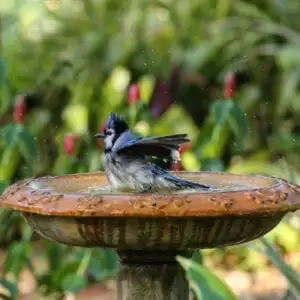
Everything needs water to survive, and pollinators are no exception. Provide a shallow birdbath, pond, or other water feature to give pollinators a refreshing drink. Be sure to change the water regularly, so you’re water resource doesn’t attract mosquitoes and turn into mosquito breeding grounds.
Keep Birds and Insects Separate
If you are an avid gardener or bird watcher, chances are you have a few feeders hanging around your yard. While it’s great to include a hummingbird feeder alongside your seed feeders, it is not advisable to hang your feeders near your flower gardens. Birds and insects are natural enemies, and you don’t want to give your birds a more delicious option when they come to your feeders. The best way is to keep your feeders and gardens separated from each other by putting one in the front yard and the other in the back.
Indulge Your Landscape With Help From Delaware Valley Turf
Now that you know how to attract pollinators, it’s time to give your grass the love and care it needs. Delaware Valley Turf provides lawn care services to residents and businesses, including a comprehensive lawn care program, aeration and overseeding, grub control, mosquito, and tick control. For more information on any of our services, call us at (610) 328-4170 or reach out here. Now is the perfect time to sign up for our spring lawn care services and start on a maintenance program with fertilization and weed control.
For more lawn care, gardening, and other tips, check out our other blog articles. To keep updated on all things Delaware Valley Turf, follow us on Facebook and Instagram.

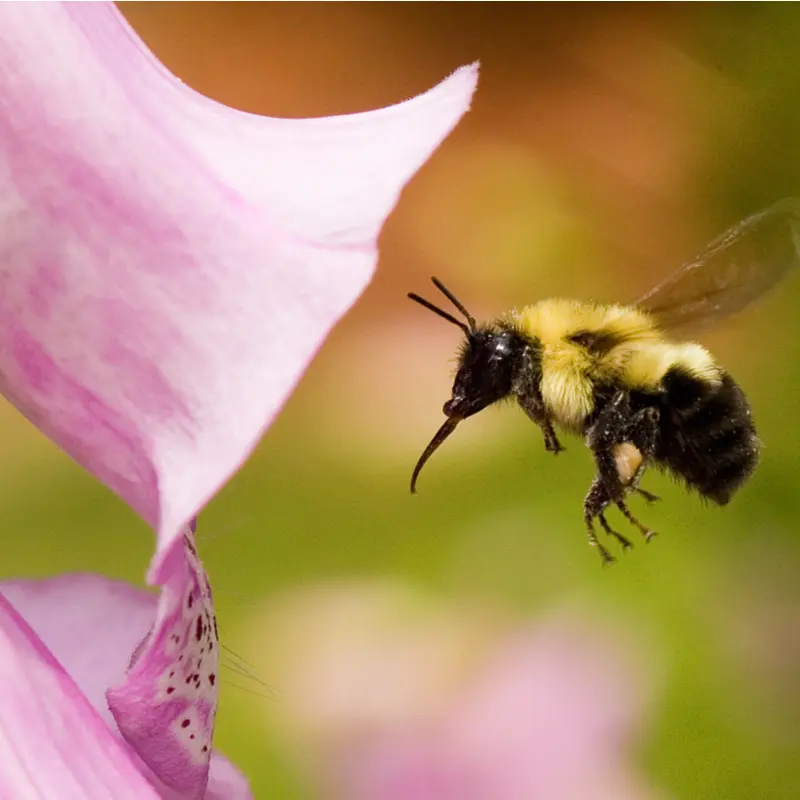

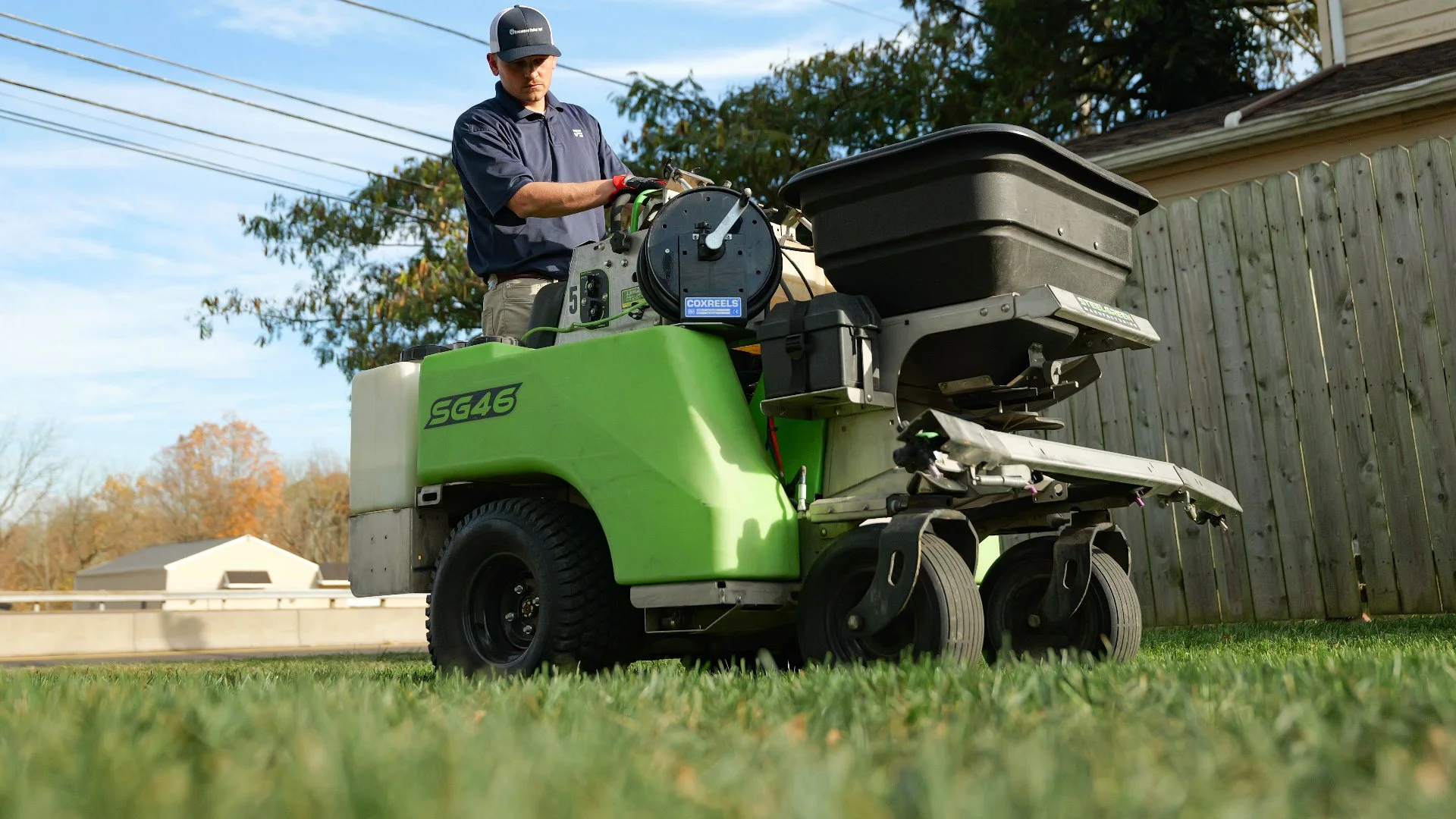
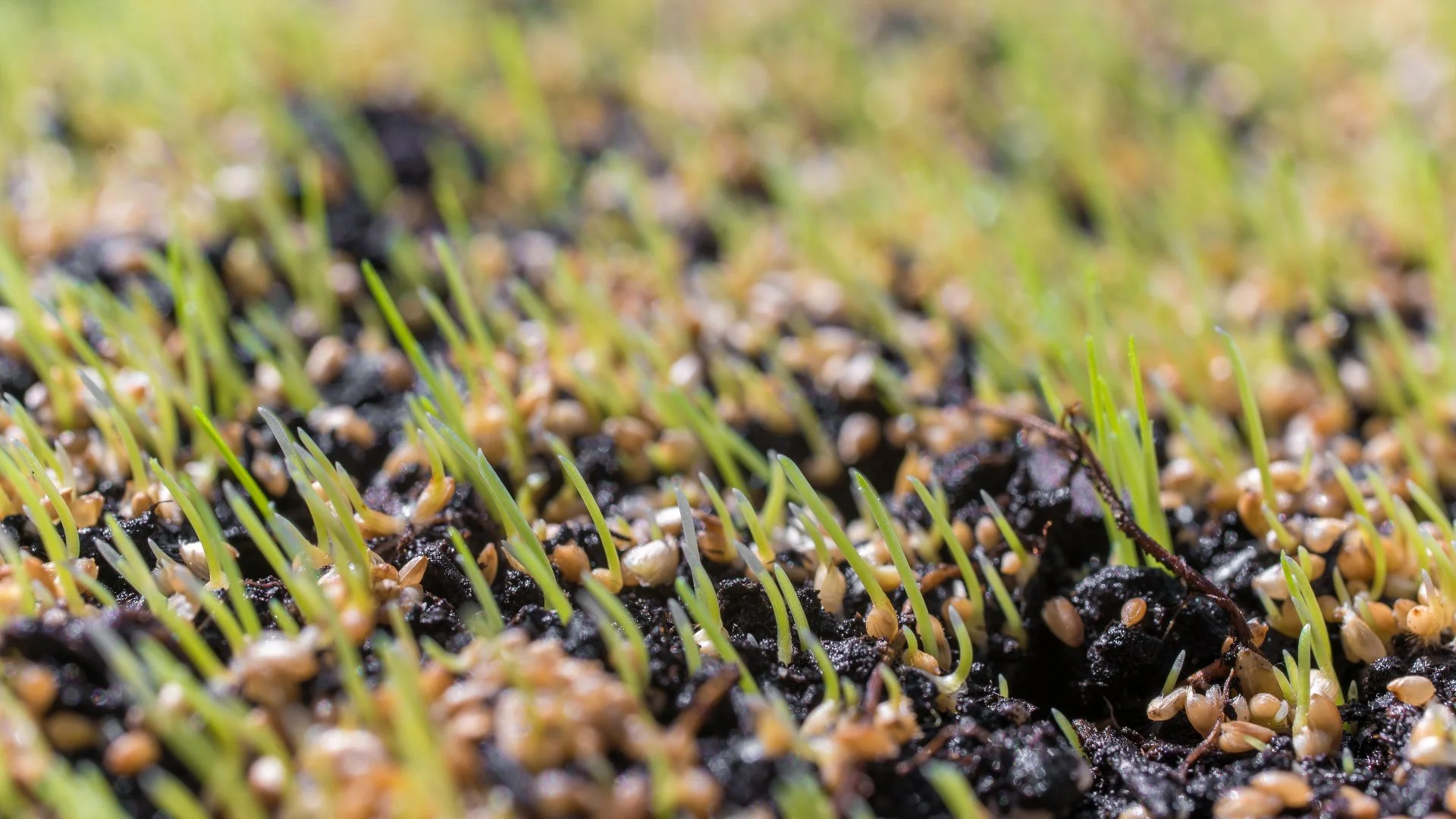

Comments (0)
Thanks for your comment!
Thanks for your feedback! Your comments have been successfully submitted! Please note, all comments require admin approval prior to display.
Error submitting comment!
There is a problem with your comment, please see below and try again.